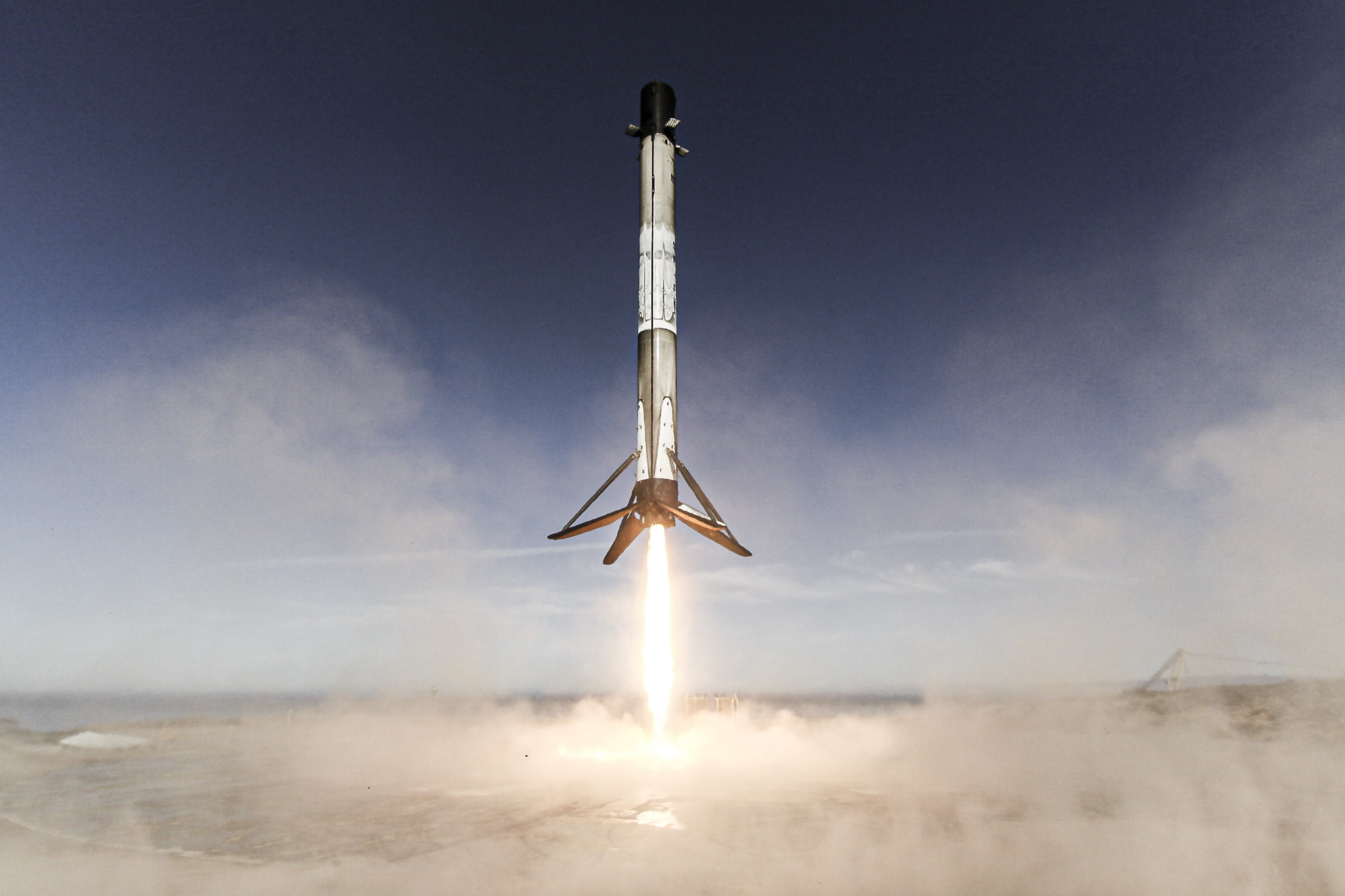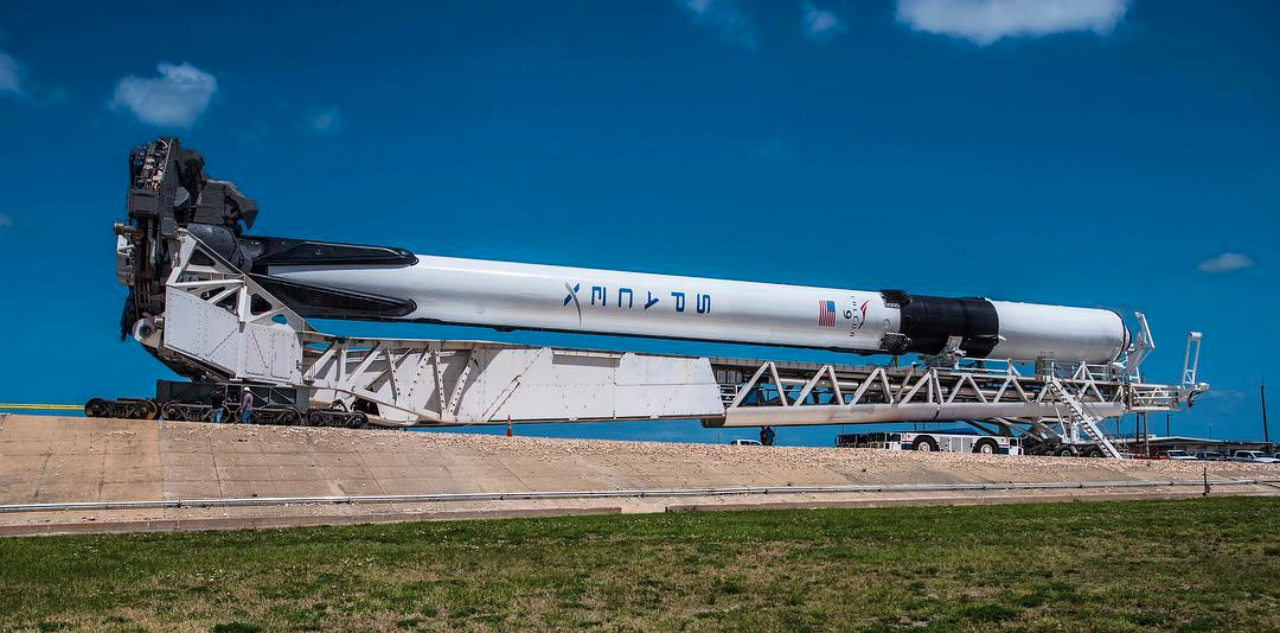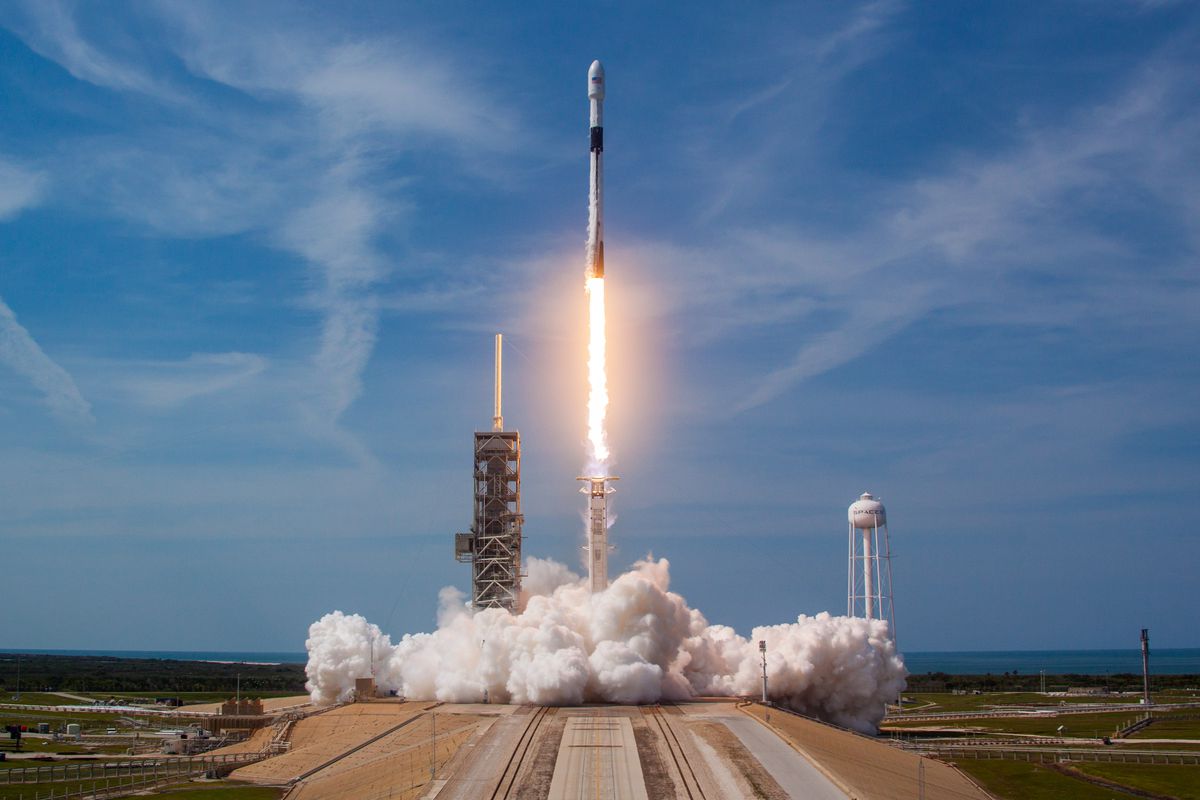/cdn.vox-cdn.com/uploads/chorus_image/image/59840751/42025498972_8720104d8a_o.0.jpg)
In-Depth View Of SpaceX’s Falcon 9 Launch Vehicle
Over time the Falcon 9 has managed to become one of the most popular and reliable launch vehicles in the entire space industry. It boasts many different achievements including helping NASA launch American astronauts off American soil for the first time in nearly a decade. Not to mention the launch vehicle is just getting started and likely has quite the future ahead of it.
SpaceX’s Falcon 9 stands out from the rest of the space industry in many different ways. Some of these main ways include the launch vehicle’s design, engines, and performance, just to name a few. All of which have helped the Falcon 9 consistently launch cargo along with human missions to different orbits and destinations. Taking a closer look at each aspect of the rocket reveals how exactly it has managed to take over the space industry.
Rockets are extremely complex and difficult vehicles to develop, manufacture, test, and launch. Each step takes a long time and is very expensive. This especially becomes the case when companies such as SpaceX try to innovate and create an ambitious launch vehicle such as the Falcon 9. However, in SpaceX’s case, they managed to figure it out and make the rocket a success.
Falcon 9 Background

Development of the medium-lift launcher began in 2005. Here SpaceX was still a very new company and was working hard to get their first launch vehicle up and running. The first Falcon models were by no means perfect and had quite a bit of trouble on the initial launches. This by itself almost managed to make the private space company bankrupt soon after starting the business. Thankfully for SpaceX, they had a successful launch, received additional funding, and put more time and effort into the future Falcon 9 design.
This rocket is a two-stage launch vehicle that is designed and manufactured by SpaceX. The goal and purpose of this rocket are to provide reliable and safe transport of both people and payloads into Earth’s orbit and beyond. The Falcon 9 has many achievements including being the world’s first orbital-class reusable rocket. The partial reusability of the Falcon 9 allows SpaceX to not only speed up launches but also save money which drives down the cost to access space. This along with many other features all work together and make the Falcon 9 innovative, efficient, and an overall successful launch vehicle.
Falcon 9 Features

Design – The first feature of the Falcon 9 that I want to highlight is the design and structure itself. Starting at the bottom you have the first stage. Within this stage are large aluminum-lithium alloy tanks containing liquid oxygen and rocket-grade kerosene or RP-1 propellant. This powers 9 Merlin engines at the very bottom. These 9 Merlin engines are gradually throttled near the end of first-stage flight to limit the launch vehicle’s acceleration as the rocket’s mass decreases with the burning of fuel. They also help reorient the first stage prior to reentry and are necessary for the landing process. You then have the landing legs. The booster is equipped with four separate landing legs made of carbon fiber with an aluminum honeycomb.
Each leg is placed on either side of the booster and is deployed prior to landing. During the majority of a launch, they are folded and tucked against the side of the first stage. Heading higher up the rocket you have the interstage. This is a composite structure that connects the first and the second stage together. It also houses the pneumatic pushers that allow the first and second stages to separate during flight. Additionally, at the base of the interstage are four grid fins. These help orient the Falcon 9 when descending back towards Earth. Next up is the second stage. This stage is powered by a single vacuum optimized Merlin engine. A few seconds after stage separation this stage lights and accelerates the payload to the necessary orbit or destination. This stage can also be restarted multiple times facilitating more options when launching. Lastly, you either have large payload fairings for cargo on top or the Dragon Capsule instead for humans.
Engines – The next important aspect of the Falcon 9 that I partially mentioned before is the engines. Altogether the Falcon 9 uses 10 Merlin engines to power the first and second stages. As of the end of 2020, the Merlin engine that powers the Falcon family of launch vehicles is the only new hydrocarbon engine to be successfully developed and flown in the U.S. in the past 40 years. This engine features a reliable turbopump design with a single shaft for the liquid oxygen pump, the fuel pump, and the turbine. In addition, the engine uses a gas generator cycle instead of the more complex stage combustion cycle. Merlin is a large family of rocket engines developed by SpaceX not only for the Falcon 9 but also Falcon 1 rocket and Falcon Heavy rocket.
When designing this engine a lot of thought went into not only power but also recovery and reuse as boosters on both the Falcon 9 and Falcon Heavy are reusable. As I mentioned prior the first stage hosts 9 Merlin engines and the upper stage is powered by a single vacuum optimized Merlin. This vacuum variant features a larger exhaust section and a larger expansion nozzle as well. This helps maximize the engine’s efficiency in the vacuum of space. The combustion chamber is regeneratively cooled, while the expansion nozzle is radiatively cooled. At full power, the Merlin vacuum operates with the greatest efficiency ever for an American-made hydrocarbon rocket engine.
Performance – The last feature of the Falcon 9 that I wanted to mention is the performance. Standing at 70 meters tall and 3.7 meters wide, the Falcon 9 has a mass of nearly 550,000 kg. A large portion of this weight is propellant allowing the Falcon 9 to launch 22,800 kg to low Earth orbit, 8,300 kg to GTO, and 4,020 kg to Mars. Starting with LEO this rocket is capable of many different inclination ranges including 28.5 to 55 degrees and 55 to 66 degrees. Looking at LEO polar and SSO the inclination range goes from 66 to 145 degrees. Lastly, the GTO is up to 28.5 degrees of inclination. SpaceX has access to multiple different launch sites around the country. This plays a big role in the Falcon 9’s performance along with other SpaceX launch vehicles. With different sites including Cape Canaveral Space Force Station, Kennedy Space Center, and Vandenberg Space Force Base, the company has a lot of different options. The Falcon 9 for example can launch using each site which provides specific benefits and heightens the capabilities of the launch vehicle depending on the mission at hand.
Conclusion
SpaceX has managed to continue to create and innovate unique things within the space industry. While trying something completely new can be very risky, it can also pay off and provide you with an incredible product that changes how we access space and more. The Falcon 9 is a great example of this with an impressive design, engines, and performance. All of which combine into a single rocket that has launched countless human and cargo missions to the ISS, and general Earth orbit. The Falcon 9 will likely continue to launch very consistently for quite some time prior to any replacements finishing. We will have to wait and see what the future holds for the Falcon 9 and the impact it has on the space industry.
